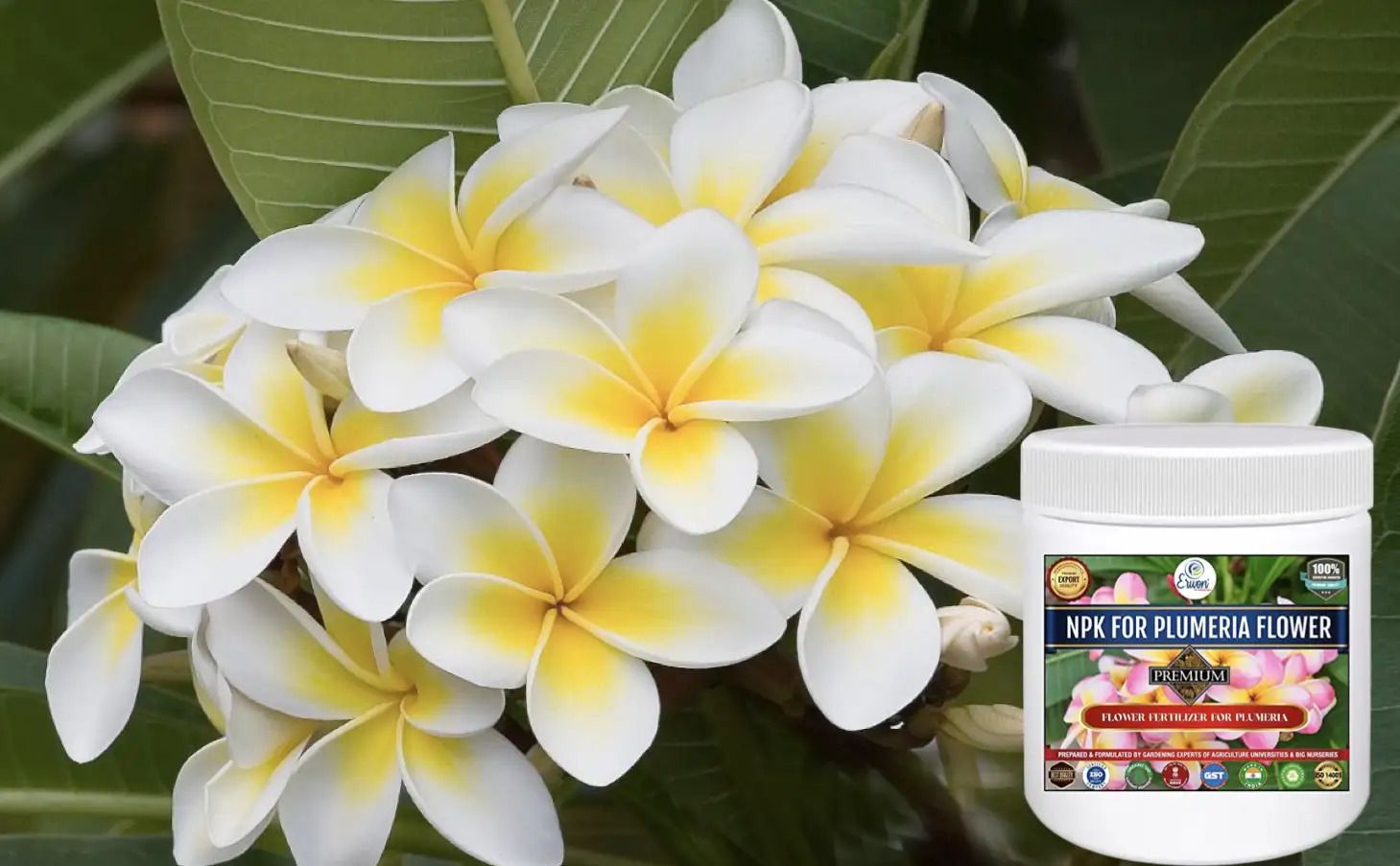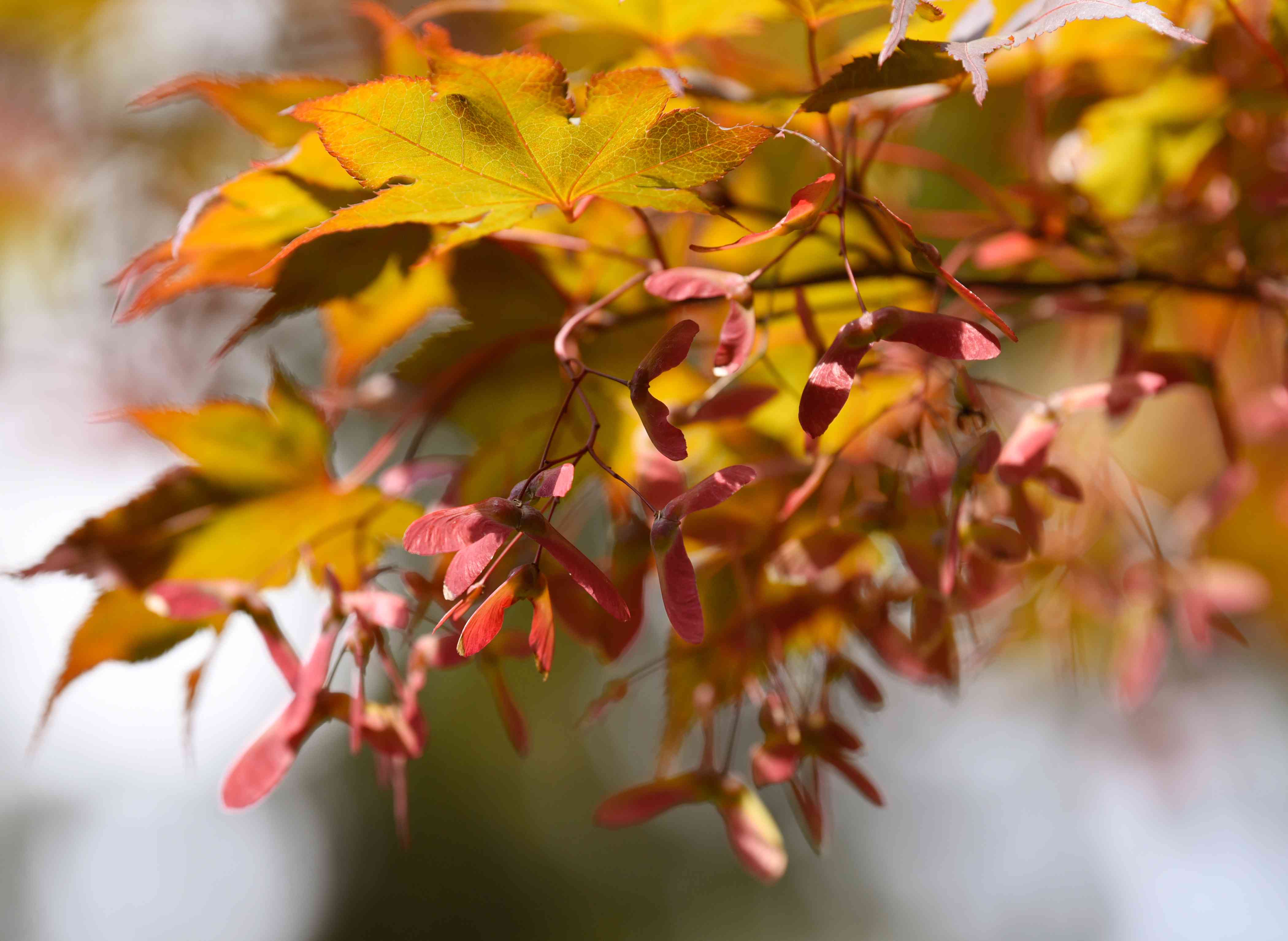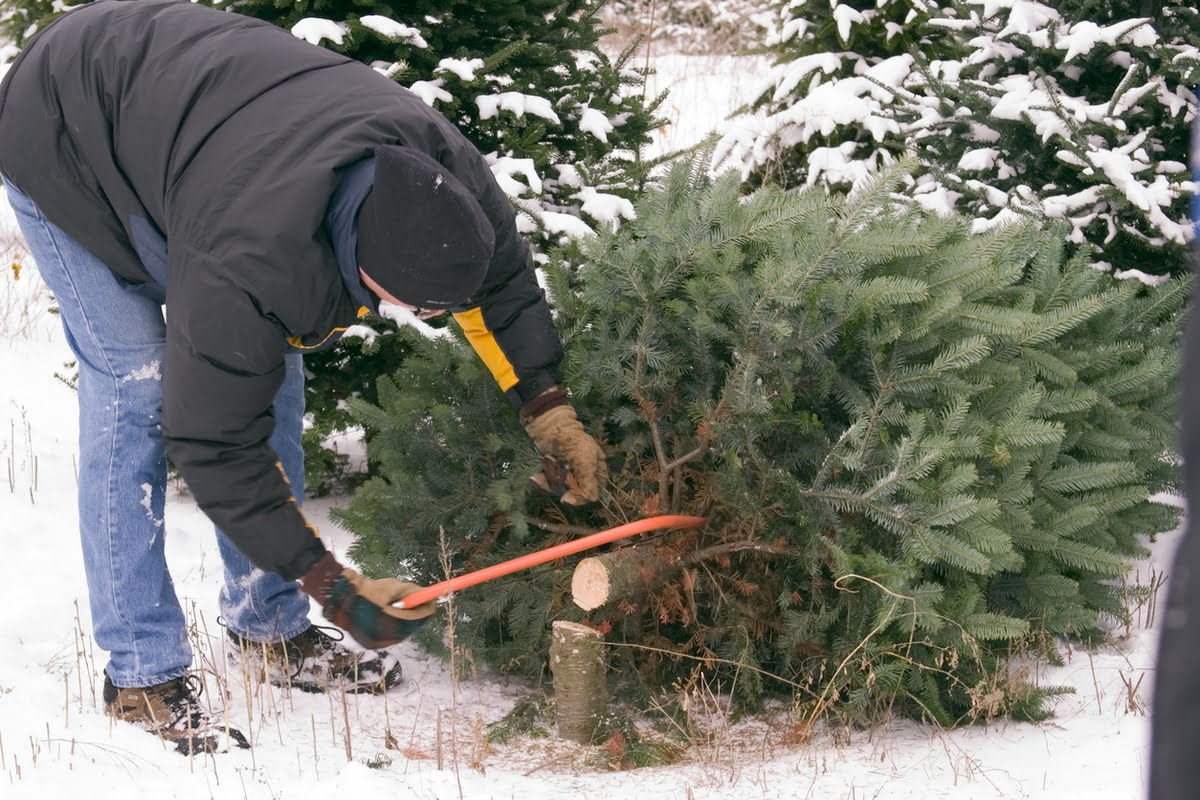Home>Types of Gardening>Ornamental Gardening>What Kind Of Fertilizer For Plumeria


Ornamental Gardening
What Kind Of Fertilizer For Plumeria
Modified: February 9, 2024
Discover the best fertilizer for plumeria in our comprehensive guide to ornamental gardening. Increase your blooms and create a vibrant garden with our expert tips.
(Many of the links in this article redirect to a specific reviewed product. Your purchase of these products through affiliate links helps to generate commission for Chicagolandgardening.com, at no extra cost. Learn more)
Table of Contents
Introduction
Welcome to the world of ornamental gardening! If you’re a gardening enthusiast or a plant lover, you’ve likely come across the exquisite Plumeria plant. With its stunning and fragrant flowers, plumerias are a favorite among gardeners looking to add a touch of beauty to their outdoor spaces.
However, to ensure that your plumerias grow and thrive, it’s essential to provide them with the right nutrients. Fertilizing your plumeria plants not only promotes healthy growth but also enhances their ability to produce abundant and vibrant blooms.
In this article, we will explore the different types of fertilizers available for plumeria plants and provide guidance on how to determine the best one for your garden. Whether you prefer organic or inorganic fertilizers, slow-release or liquid options, we’ve got you covered. By understanding the nutritional needs of plumerias and following best practices for fertilizing, you’ll be well on your way to cultivating a flourishing plumeria garden.
So, let’s dive in and discover the wonderful world of plumeria fertilizers!
Understanding the Nutritional Needs of Plumeria
Before we delve into the different types of fertilizers for plumeria plants, it’s important to understand their nutritional requirements. Plumerias thrive when provided with a balanced combination of essential macro and micronutrients.
The primary macronutrients that plumerias require include nitrogen (N), phosphorus (P), and potassium (K). Nitrogen is responsible for promoting healthy leaf and stem growth, phosphorus aids in root development and flower formation, and potassium contributes to overall plant health and disease resistance.
In addition to these macronutrients, plumerias also benefit from a range of essential micronutrients. These include iron (Fe), magnesium (Mg), calcium (Ca), manganese (Mn), zinc (Zn), and copper (Cu), among others. These micronutrients play vital roles in various physiological processes, such as chlorophyll production, enzyme activation, and maintaining proper cell structure.
Understanding the specific nutrient requirements of your plumeria plants is crucial for providing targeted fertilization. Conducting a soil test can help you determine the nutrient levels in your garden soil and identify any deficiencies. This information will guide you in selecting the appropriate fertilizers and amendments to address any nutrient imbalances.
Furthermore, keep in mind that plumerias have different nutritional needs during different stages of growth. During the active growing season, plumerias require higher levels of nitrogen to support robust foliage growth. As the plants transition into the blooming stage, a fertilizer formulation with higher phosphorus content will encourage abundant flower production.
By understanding the nutritional needs of plumeria plants, you can provide them with the appropriate fertilizers and ensure optimal growth and blooming. Now that we have a foundation of knowledge, let’s explore the different types of fertilizers available for plumerias and their benefits.
Organic Fertilizers for Plumeria
For gardeners who prefer an organic approach to plumeria fertilization, there are several options available that provide natural and sustainable nutrition to the plants.
One popular choice is compost, which is made from decomposed organic matter such as kitchen scraps, yard waste, and other plant materials. Compost not only enriches the soil with essential nutrients but also improves its structure and moisture-holding capacity. Apply compost to the base of the plumeria plants, ensuring it is well-incorporated into the soil.
Another organic option is well-rotted manure. Manure from herbivores such as cows, horses, or chickens is rich in nutrients and acts as an excellent soil conditioner. Mix the manure with the topsoil or apply it as a side dressing around the plumeria plants to provide slow-release nutrition over time.
Bone meal is a natural fertilizer derived from ground animal bones and is an excellent source of phosphorus. This is particularly beneficial during the blooming stage of plumerias, as phosphorus promotes flower formation and development. Incorporate bone meal into the soil when planting plumeria bulbs or use it as a top dressing during the growing season.
Seaweed and fish emulsion fertilizers are also popular organic choices. Seaweed extracts contain a range of micronutrients and growth-promoting compounds that enhance overall plant health. Fish emulsion, on the other hand, provides a balanced mix of essential nutrients, including nitrogen, phosphorus, and potassium. Apply these fertilizers as directed on the packaging to deliver a boost of organic nutrition to your plumerias.
It’s important to keep in mind that organic fertilizers generally release nutrients more slowly compared to their synthetic counterparts. However, they provide long-lasting benefits to the soil by improving its fertility and microbial activity. Organic fertilizers also contribute to a healthier ecosystem and minimize the risk of chemical runoff that can be harmful to the environment.
Now that we have explored organic fertilizers, let’s move on to the next category: inorganic fertilizers for plumeria plants. While synthetic fertilizers have been criticized for their environmental impact, they can offer precise and readily available nutrition to plumerias when used responsibly.
Inorganic Fertilizers for Plumeria
If you prefer a more precise and readily available source of nutrients for your plumeria plants, inorganic fertilizers can be a suitable option. These fertilizers are formulated with specific ratios of nitrogen (N), phosphorus (P), and potassium (K) to meet the nutritional needs of plumerias.
One commonly used inorganic fertilizer for plumerias is a balanced NPK fertilizer, often labeled with the numbers representing the percentage of each nutrient. For example, a blend of 10-10-10 contains 10% nitrogen, 10% phosphorus, and 10% potassium. This balanced formulation provides a general nutritional boost to support overall growth and flowering.
If you want to promote more robust foliage growth, choose a fertilizer with a higher nitrogen content, such as a 20-10-10 formulation. For plumerias in the blooming stage, opt for a fertilizer with higher phosphorus levels, such as a 10-20-10 blend, as phosphorus encourages flower production and development.
Inorganic fertilizers also often include micronutrients essential for plant health, such as iron, manganese, or zinc. These trace elements play vital roles in various physiological processes, ensuring optimal growth, and preventing nutrient deficiencies.
When using inorganic fertilizers, it’s important to follow the instructions carefully, as these fertilizers can be potent and may burn the plumeria’s roots if overused. Apply the fertilizer evenly around the base of the plant, keeping it at least a few inches away from the stem to prevent direct contact.
Regularly monitor the condition of your plumeria plants and adjust the fertilizer application as needed. If you notice signs of nutrient deficiencies or excessive growth, you may need to modify the fertilization regimen accordingly.
Keep in mind that inorganic fertilizers are fast-acting, providing immediate results. This can be advantageous when quick corrections are needed or when plumerias require an extra nutrient boost during their growth cycle.
Next, let’s explore the option of slow-release fertilizers, which offer a steady and consistent nutrient supply to plumeria plants over an extended period.
Slow-release Fertilizers for Plumeria
Slow-release fertilizers are a convenient option for plumeria enthusiasts looking for a low-maintenance approach to fertilization. These fertilizers are designed to release nutrients gradually over an extended period, providing a consistent supply of nutrition to the plants.
One common type of slow-release fertilizer is coated granules or pellets. These granules are typically composed of a blend of nutrients, coated with a material that regulates the nutrient release. As the plumeria plants receive moisture, the coating slowly breaks down, releasing nutrients into the soil.
Slow-release fertilizers offer several advantages. First, they provide a balanced and controlled release of nutrients, ensuring that the plumerias receive a steady supply over a prolonged period. This minimizes the risk of nutrient leaching and reduces the need for frequent fertilization.
Additionally, slow-release fertilizers are convenient for gardeners who may have a busy schedule or prefer a “set it and forget it” approach to fertilizing. With these fertilizers, you can apply them at the beginning of the growing season and let them do their magic, providing nutrition to the plants without frequent reapplication.
When using slow-release fertilizers, it’s important to follow the manufacturer’s instructions for application rates and timings. The nutrient release duration will depend on various factors such as temperature, soil moisture, and microbial activity. Therefore, it’s crucial to choose a slow-release fertilizer with a duration that aligns with the specific needs of plumeria plants.
While slow-release fertilizers offer convenience, they may not provide immediate results compared to other fertilizers. However, their gradual release ensures that plumerias receive a sustained and uniform supply of nutrients, promoting healthy growth and blooming throughout the season.
Now that we’ve explored slow-release fertilizers, let’s move on to liquid fertilizers and their benefits for plumeria plants.
Liquid Fertilizers for Plumeria
Liquid fertilizers are a popular choice among gardeners due to their ease of use and fast absorption by plants. These fertilizers come in liquid form and are mixed with water for application.
One advantage of liquid fertilizers is their ability to provide quick nutrition to plumeria plants. The nutrients are readily available for uptake by the roots, allowing for rapid and efficient absorption. This can be particularly beneficial during periods of high growth or when plants show signs of nutrient deficiencies.
Liquid fertilizers often come in concentrated formulations that need to be diluted before application. Follow the instructions on the label regarding the appropriate dilution ratio for the specific product you are using. Apply the diluted fertilizer around the base of the plumeria plants, ensuring even coverage.
Many liquid fertilizers are formulated with a balanced ratio of nitrogen, phosphorus, and potassium, ideal for promoting overall growth and flowering in plumerias. These fertilizers may also contain essential micronutrients to ensure comprehensive nutrition for the plants.
One advantage of liquid fertilizers is their ability to provide foliar feeding. By spraying the fertilizer directly onto the leaves of the plumeria plants, you can enhance foliar nutrient uptake. This method can be especially effective for addressing nutrient deficiencies or when quick results are desired.
When using liquid fertilizers, it’s important to avoid overfertilizing, as this can lead to nutrient burn or imbalances. Follow the recommended dosage and frequency of application specified on the product label. Regularly monitor the plumeria plants and adjust the fertilization schedule as needed.
Overall, liquid fertilizers provide a convenient and efficient way to deliver essential nutrients to plumeria plants. Their fast absorption and versatility make them an excellent choice for gardeners looking to promote healthy growth and vibrant blooms.
Now that we’ve explored different types of fertilizers for plumeria plants, let’s move on to dosage and application guidelines that will help ensure optimal fertilization.
Dosage and Application of Fertilizers for Plumeria
Proper dosage and application of fertilizers are crucial for providing the right nutrition to plumeria plants without causing harm. Follow these guidelines to ensure optimal fertilization:
1. Read and follow the instructions: Each fertilizer product has specific dosage and application guidelines provided by the manufacturer. It’s important to read and follow these instructions carefully to avoid over- or under-fertilizing your plumerias.
2. Consider the plumeria stage: Adjust the fertilizer dosage based on the stage of growth of your plumeria plants. During the active growing season, plumerias may require more frequent applications of nitrogen-rich fertilizers to support foliage development. As they transition to the blooming stage, switch to a fertilizer higher in phosphorus to promote abundant flower production.
3. Apply evenly around the base: When applying fertilizer, distribute it evenly around the base of the plumeria plants. Keep a few inches away from the stem to prevent direct contact, which can potentially burn the roots. Lightly work the fertilizer into the soil or water thoroughly after application to ensure proper absorption.
4. Avoid fertilizing during dormancy: Plumerias go through a dormant period, typically in the winter months. During this time, it’s best to avoid fertilization as the plants are not actively growing. Resume fertilizing in the spring when new growth begins.
5. Monitor and adjust as needed: Regularly monitor the plumeria plants for signs of nutrient deficiencies or excesses. This includes observing the color, texture, and growth pattern of the leaves and flowers. If deficiencies are detected (such as yellowing or stunted growth), adjust the fertilizer application by increasing the frequency or dosage to address the issue.
Remember, it’s better to under-fertilize than over-fertilize plumerias, as excessive nutrients can lead to nutrient burn, stunted growth, or even plant death. Always err on the side of caution and carefully observe the plants’ response to the applied fertilizers.
By applying the right dose of fertilizer at the appropriate times and in the correct manner, you’ll provide the necessary nutrients to your plumeria plants, supporting healthy growth and blooming for a stunning floral display.
Now that we have covered dosage and application guidelines, let’s move onto best practices for fertilizing plumeria plants.
Best Practices for Fertilizing Plumeria
Fertilizing plumeria plants can greatly enhance their overall health and blooming potential. To ensure successful fertilization, consider the following best practices:
1. Timing is essential: Fertilize plumeria plants during their active growth periods, typically in the spring and summer months. This is when they have the highest nutrient demands and can best utilize the added nourishment. Avoid fertilizing during dormancy, as plumerias are not actively growing and won’t benefit from the nutrients.
2. Use a balanced approach: Choose a fertilizer with a balanced ratio of nitrogen (N), phosphorus (P), and potassium (K) to support overall growth and flowering. A balanced fertilizer formulation, such as 10-10-10 or 20-20-20, provides all the essential nutrients in a proportional manner.
3. Follow the recommended dosage: Apply fertilizers according to the recommended dosage specified on the product label. Over-fertilizing can lead to nutrient burn and damage to the plumeria roots, while under-fertilizing may result in nutrient deficiencies and poor growth.
4. Consider the soil condition: Conduct a soil test to determine the nutrient levels and pH of the soil. This will help identify any deficiencies or imbalances that need to be addressed through fertilization. Adjust the fertilizer dosage and formulation based on the specific needs of the plumeria plants and the soil condition.
5. Incorporate organic matter: Improve the overall fertility and nutrient-holding capacity of the soil by incorporating organic matter such as compost or well-rotted manure. This helps create a favorable environment for the plumeria roots to absorb and utilize the added nutrients efficiently.
6. Water properly: Adequate watering is crucial for nutrient absorption. Before applying fertilizers, ensure that the soil is moist, but not waterlogged. After applying fertilizers, water the plants thoroughly to help dissolve and distribute the nutrients in the soil.
7. Monitor for signs of nutrient deficiencies: Regularly inspect the plumeria plants for any signs of nutrient deficiencies, such as yellowing or discolored leaves, stunted growth, or lack of flowering. If deficiencies are observed, adjust the fertilization regimen accordingly, or consult a gardening expert for guidance.
8. Prune and remove damaged parts: Regularly prune and remove any damaged or dead parts of the plumeria plants. This promotes better nutrient allocation to healthy parts and prevents the spread of diseases or pests that can affect nutrient absorption.
By following these best practices, you can ensure that your plumeria plants receive the proper nourishment to thrive and produce abundant, magnificent blooms. Remember to tailor your fertilization approach based on the specific needs and conditions of your plumeria garden, and always prioritize the health and well-being of your plants.
Now that we’ve explored the best practices for fertilizing plumeria plants, let’s conclude our journey in the world of plumeria gardening.
Conclusion
Fertilizing plumeria plants is a crucial step in ensuring their health and promoting abundant blooms. By understanding the nutritional needs of plumerias and selecting the right fertilizers, you can provide them with the necessary nutrients for optimal growth.
Organic fertilizers, such as compost, well-rotted manure, bone meal, and seaweed/fish emulsion, offer sustainable and environmentally-friendly options. These fertilizers enrich the soil with essential nutrients and improve its overall fertility.
Inorganic fertilizers, on the other hand, provide a precise and readily available source of nutrients. Balanced NPK fertilizers can support overall growth, while specific formulations with higher nitrogen or phosphorus content can be used during different stages of plumeria growth.
Slow-release fertilizers provide a convenient and consistent nutrient supply over an extended period. They ensure a sustained release of nutrients, reducing the frequency of fertilization and preventing nutrient leaching.
Liquid fertilizers offer fast absorption and convenient application, providing quick results and foliar feeding options. They are particularly useful for addressing nutrient deficiencies or when immediate nutrition is needed.
When fertilizing plumerias, it’s crucial to follow recommended dosage and application guidelines. Timing, soil condition, and monitoring for signs of deficiencies or excesses are essential factors in successful fertilization.
In conclusion, by understanding the nutritional needs of plumeria plants and following best practices for fertilizing, you can cultivate a vibrant and flourishing plumeria garden. Whether you choose organic, inorganic, slow-release, or liquid fertilizers, the goal remains the same – to provide the necessary nutrients for healthy growth and spectacular blooms. So get ready to nurture your plumerias with the right fertilizers and enjoy the beauty they bring to your garden!





